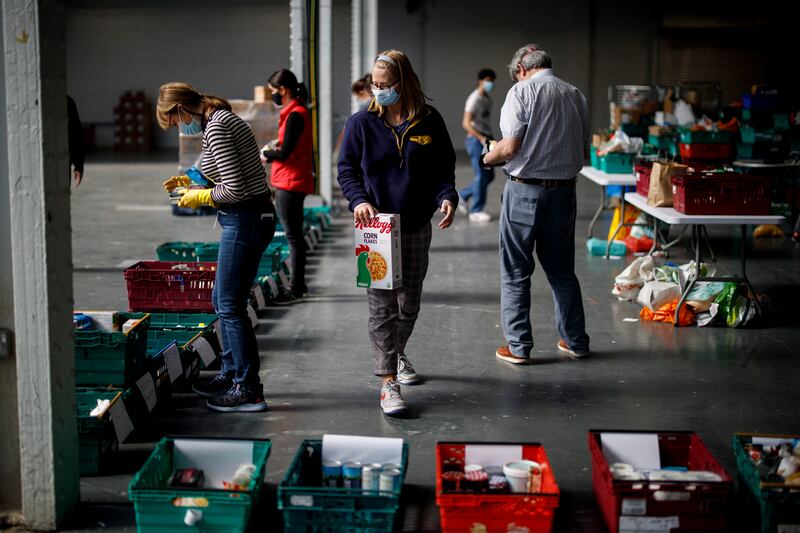The length of time that households and businesses take to recover from Covid-19 once restrictions lift will largely depend on where people live in the UK and the type of jobs that the sufferers undertake, a study published on Friday suggests.
Areas of higher deprivation have fared worse during the pandemic and are at significant risk of poorer recovery outcomes because of financial insecurity and a reliance on coronavirus support measures, researchers from the University of Sheffield found.
People employed in sectors most affected by social restrictions, such as retail and hospitality, also experienced larger losses in hours worked.
The researchers’ assessment of household and business recovery risks at a neighbourhood level revealed that there were significant inequalities even within local authorities for some areas of the UK.
It is these parts of the country, they say, that need targeted interventions to try to prevent the pandemic from further widening the gap between the rich and the poor.
The team has created the Covid-19 Places Economic Recovery Index (CoPERI) dashboard to help local authorities collect data about their neighbourhoods and identify areas most at risk.
Dr Jesse Matheson, a CoPERI study co-author from the Department of Economics, said that so far policy had overlooked the variation in impact, “running the risk of failing to identify those at risk of hardship.”
Covid recovery risk: business
For small and medium enterprises, the risk is characterised by an increase in debt, the effects of home working — called “zoomshock” after the now widely used video conferencing software — causing a reduction in demand for goods and services as well as the loss of workers where these businesses dominate.
The top 10 areas where SMEs are most exposed to recovery risk are all in London. Canary Wharf in Tower Hamlets; the City of London area; and Old Street and St Luke's, Islington, are the three with the highest risk in the UK.
Outside the capital, unsurprisingly, threats to businesses are mainly concentrated in towns and cities, with north-east England a risk hotspot.
Covid recovery risk: households
Nationally, three areas around Blackpool are in the top 10 most exposed to household recovery risk: South Promenade and Seasiders West Blackpool, Central Blackpool and North Shore Blackpool.
Within the South Yorkshire region there are numerous areas with a high level of household risk. These include Rotherham Central, Central Doncaster, Masbrough and Bradgate in Rotherham, and Batemoor and Jordanthorpe in Sheffield.
According to Dr Enrico Vanino, a co-author of the study, the South Yorkshire region in particular is likely to face some unique challenges.
This, he said, could create a “problematic feedback loop”, slowing the economic recovery. “As households struggle financially, local businesses will experience shrinking demand and, in turn, not be effectively supported in their recovery without intervention...
“Different neighbourhoods will have different needs and recovery times, depending on household and business structures in those areas,” Dr Vanino added, “so the dashboard will help policymakers approach recovery from the pandemic in a place-based way, by targeting households, small businesses, or both, to ensure a truly inclusive post-pandemic economic recovery.”





